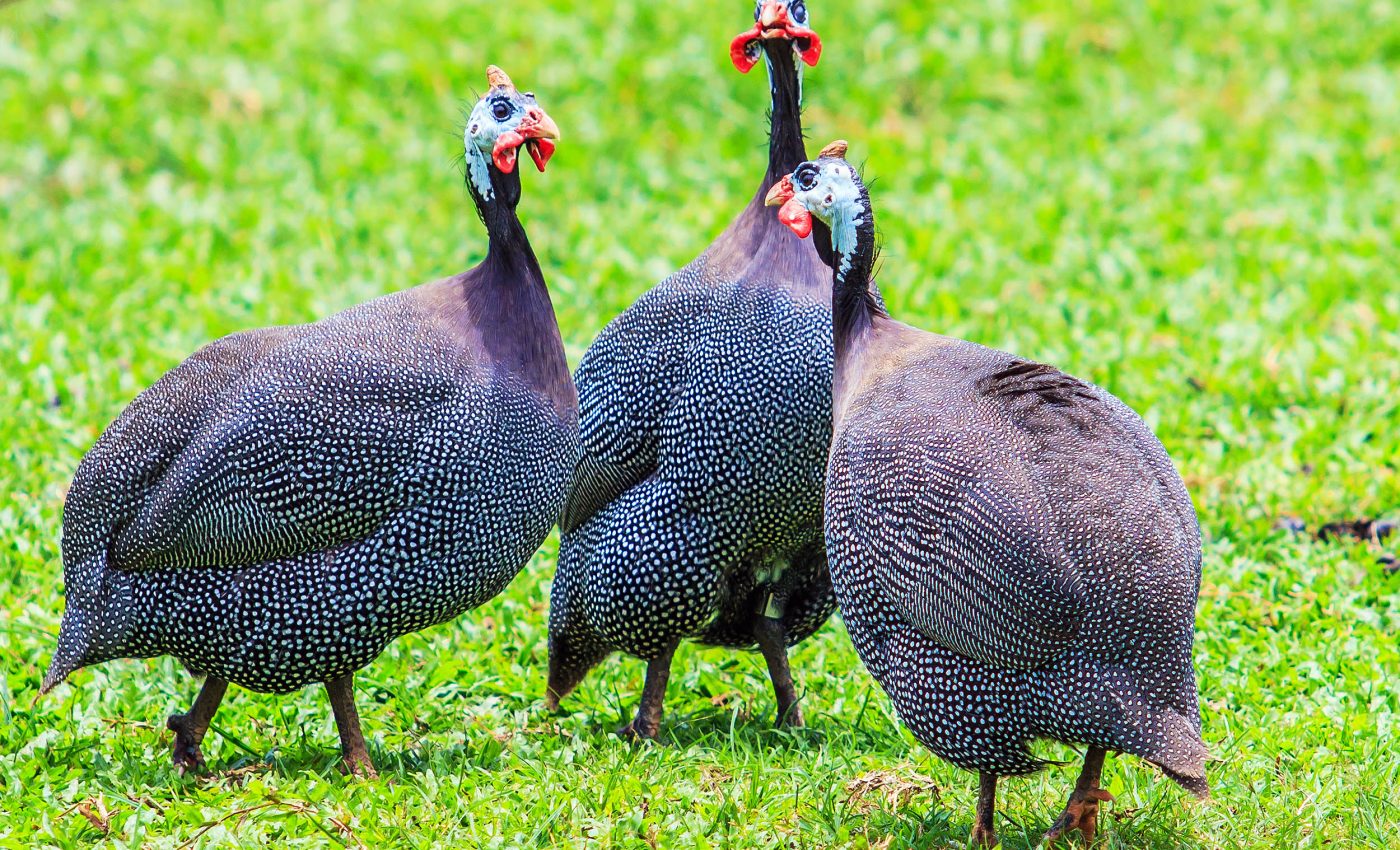
Leadership can be incredibly stressful, even for birds
Animals often work together to survive. But taking the lead, even for birds, comes with pressure. The results of a new study show that leadership causes noticeable physiological strain on wild birds.
Professor Damien Farine from The Australian National University explained how animal groups decide what direction to take.
“We already have evidence of how this decision-making can work – it’s like a voting process. So, individuals might start to move away from the group in the direction they want to go to find food and if they get enough support, the group follows. Alternatively, if no one follows then they fail and return to the group.”
The study revealed something surprising. While many animals can lead, doing so takes a toll. Guineafowl trying to influence the group’s direction showed significant spikes in heart rate. These increases were much higher than those seen from movement speed alone.
Physiological strain of bird leadership
The real cost came when leaders faced resistance. The birds‘ heart rates climbed most sharply when they acted against group consensus. Low directional agreement among other group members made it harder to lead.
“It is noticeable when they’re trying to do something that very few individuals in their group would want to do. They also experience a much higher heart rate when they fail to lead in these situations,” noted study co-author Dr. James Klarevas-Irby.
Guineafowl that attempted to guide reluctant peers felt the highest stress. When they failed, their stress markers increased further. Heart rate variability, a stress indicator, also dropped during these moments, signaling physiological strain.
Being in a group is stressful
Just moving with the group, without leading, raised stress. This added physiological load came not just from walking, but from maintaining group cohesion. The birds’ heart rates were higher when they moved in sync with others, compared to walking alone.
This supports a relatable idea. “Most of us can relate – it’s like when you’re with a bunch of friends and you’re trying to decide where to go for dinner, and you really want to go to a particular restaurant but most of your friends want to go somewhere else,” said Dr. Klarevas-Irby.
Interestingly, the birds didn’t need to move dramatically faster to lead. But when they tried and failed to influence the group, the cost was steep.
Heart rates rose by up to 115 beats per minute in high-conflict situations, compared to just 0.4 beats per minute from increased speed alone. This means the emotional cost of failed influence was over 200 times higher than the physical cost of walking faster.
The role of group positioning
The researchers initially believed that a bird’s location within the group – especially being on the outer edge – would have a strong impact on its stress levels.
This expectation comes from the “selfish herd” theory, where individuals on the outside are thought to face more danger from predators and therefore higher stress.
Central positions, in contrast, are often considered safer but may come with their own challenges, like the need to respond to more social interactions or scramble for space.
However, the data showed something different. Birds on the edge did not show much higher stress than those in the center. In fact, both central and peripheral positions caused only slight changes in heart rate and heart rate variability.
Physical burden of leadership
The changes were real but small. They were also much less significant than the stress caused by trying to lead the group.
Contrary to long-standing theories, where a bird stands in the group matters far less for its stress levels than whether or not it is trying to lead others.
Leadership, especially under conflict, placed a far greater physiological burden on birds than spatial position ever did. This is one reason that not all birds want to lead.
Birds don’t always lead
Leadership, while rewarding when successful, is risky when others disagree. Individuals weighed the cost of guiding others against staying safe in the middle of the group.
The authors argue that leadership isn’t a fixed trait. It’s more likely a conditional strategy. A bird might choose to lead today and follow tomorrow, depending on the situation.
This study shows that the effort of guiding peers isn’t just social, it’s physical. The stress that comes with being a leader may help explain why animals, including humans, switch between leading and following roles.
Group living has its benefits – but trying to control the group comes at a cost, even for birds.
The study is published in the journal Current Biology.
—–
Like what you read? Subscribe to our newsletter for engaging articles, exclusive content, and the latest updates.
Check us out on EarthSnap, a free app brought to you by Eric Ralls and Earth.com.
—–













